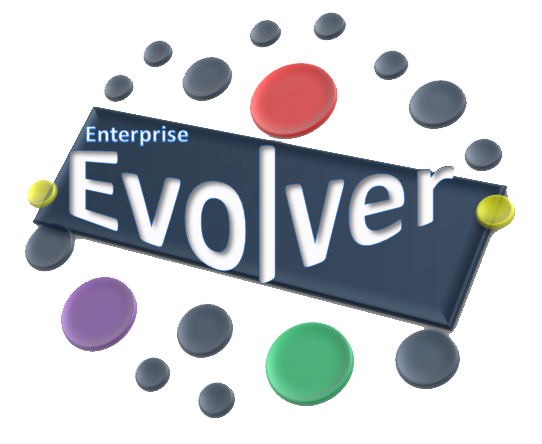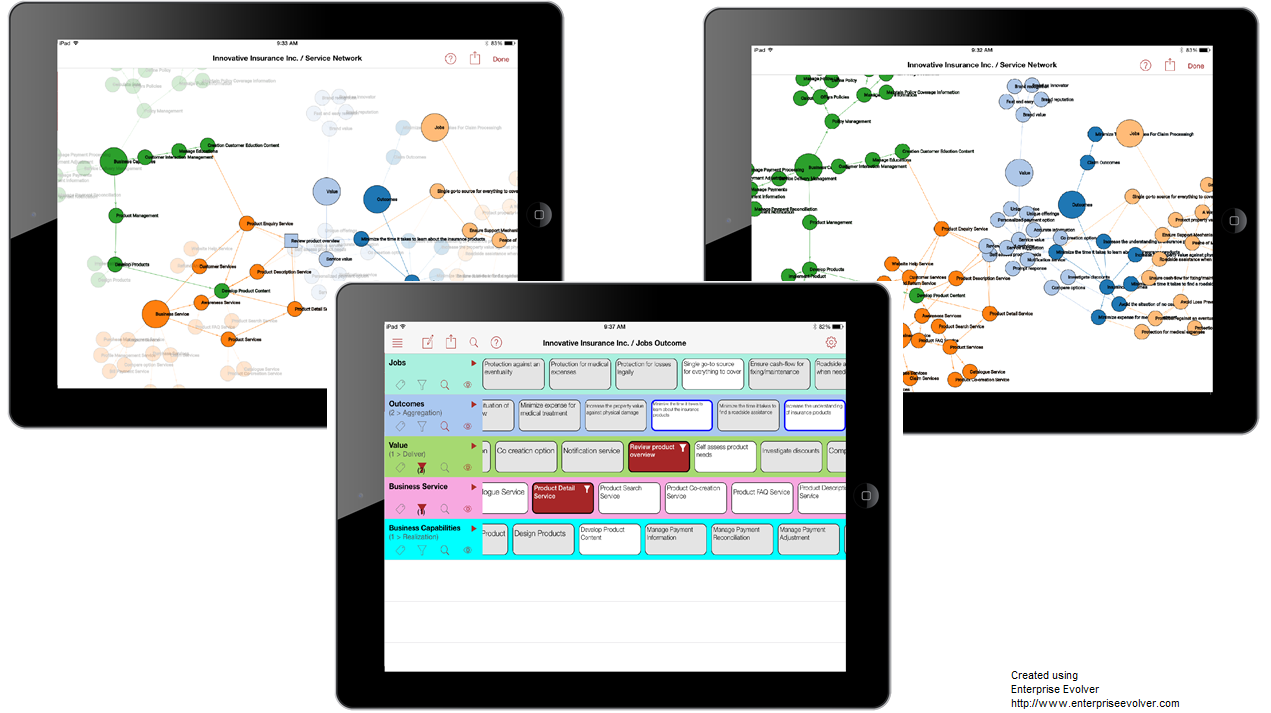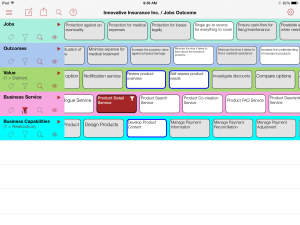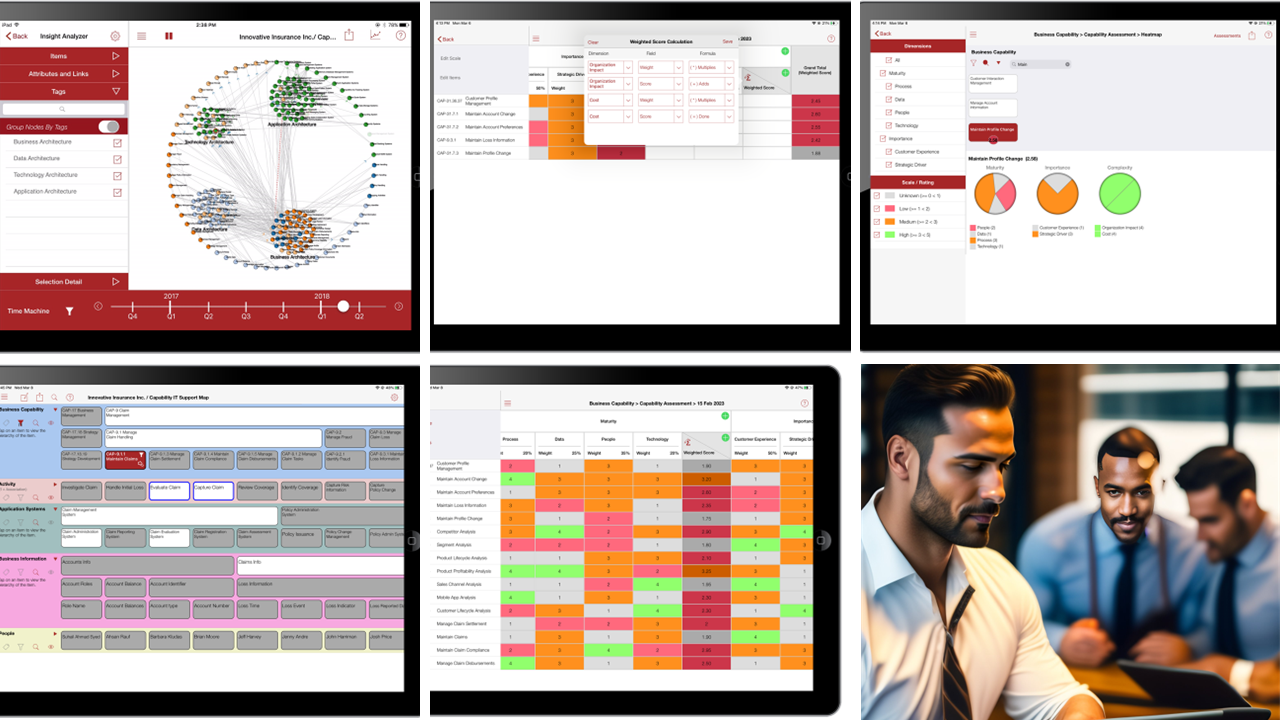Architecting for Customer Outcomes
In my previous article “Architecting for Business Outcomes” , I talked about how capability modeling is used to achieve your business outcomes. This blog should have come first. Because without design for customer outcomes, there can never be any business outcomes.
It is vitally important to bear customer outcomes in mind as you focus day to day on business outcomes. The two are very different but totally interdependent. A business outcome for you may be, to cut the cost in business operation. Whereas, a key customer outcome may be to handle service complaints quickly and efficiently.
Architecting for customer outcomes is an act of creativity.
Architecting for customer outcomes is about understanding your enterprise from customers’ perspective. This demands that you understand customer’s jobs and the outcomes they are striving for, whenever they interact with your organization. You have to feel their pain, then organize your business capabilities in creative ways to ease that pain to deliver the outcomes.
When you understand and map out customers’ jobs and outcomes with your other business parts, such as business processes, channels, touchpoints, information, application systems, products/services, people and technology. You can see those parts that come together to respond to relieve particular customer pain points and deliver the outcomes.
An example is illustrated here in the picture below. In Enterprise Evolver, you can represent all these parts, link them together into a map and easily identify which parts come into play and work together to fulfill customer needs.
More on your customer perspective.
Customer jobs are the drivers by which your services and products are bought. The jobs are the fundamental pain points any customer faces in a particular circumstance. The job focuses on why the customer is in pain, not on how to make things better for them. The customer job is concerned with the problem the customers have and why they are looking to make a purchase, not the actual purchase itself. It is vital in your business that everyone has a shared view of what customer jobs are.
Some examples of customer jobs are:
- Customers don’t think they want to buy sealant; they have a shower that is leaking through the ceiling below and they need some way of fixing it… The painful circumstance.
- People don’t want to buy an auto insurance, they want to ensure cash flow for repair, in case of an accident… The dreaded probable circumstance.
- People don’t buy quarter inch drill-bits because they are well engineered. They do so because they want to make a quarter inch hole in the wall, holds the screws that stop their shelves from succumbing to gravity… The pain point.
- Architects and managers like you, don’t buy an architecture tool because it looks good and help you to create various drawings. You need an easy way to capture, relate and visualize business parts, so as to understand how all the parts fit and work together to deliver value to your customers.
As an enterprise-business architect, you work with your marketing/product and customer research teams to map the jobs of your customers. The job-mapping process places sets of jobs in a hierarchical format. Detail is added level by level until you reach the ‘actionable level’. This is where customer outcomes become more apparent.
There is always a psychological and emotional aspect to customers’ jobs. They are never simply functional. For example a customer may need to mend a broken door; largely functional. Another may need to look good for an office party. Which is a largely social job. Or another may need to feel happier about themselves. This is a purely emotional job.
“A traditional value proposition is a promise of utility: If you buy a Lexus, the automaker promises that you will receive safe and comfortable transportation in a well-designed high-performance vehicle. An emotional value proposition is a promise of feeling: If you buy a Lexus, the automaker promises that you will feel pampered, luxurious, and affluent.” (Source ‘Design thinking Comes of Age ‘ By Jon Kolko)
Successful products are created in the first part when you map out the whole customer job… When they are realized, emotional, social and functional aspects, make for a humanized clear and simpler experience.
“Many products built on an emotional value proposition are simpler than competitors’ offerings. This restraint grows out of deliberate decisions about what the product should do and, just as important, what it should not do. By removing features, a company offers customers a clear, simple experience.”
(Source ‘Design thinking Comes of Age ‘ By Jon Kolko,
https://hbr.org/2015/09/design-thinking-comes-of-age )
Two Stable Architecture Artifacts
Customers’ jobs and your organization capabilities are the two most stable architecture artifacts. Business capabilities are much more stable and durable than projects or technologies or business processes. Similarly, customer’s jobs are much more stable than customer needs alone or current products, services or solutions. Together, your business capability model and job model are the foundation on which you create your customer centric design and enterprise architecture. Only once you’ve understood your customers’ jobs can you go on to create innovative business solutions using your capabilities.
For customers, your products and services are merely point-in time solutions that enable them to execute jobs. Within your organization too, applications and processes change over time to enable organization capabilities.
Opportunity Identification
With your first part job map created, business architects and managers collaborate to identify those jobs and outcomes that are both important and underserved. The pain points for your customers are opportunities for improvement and of course sales. The Enterprise Evolver heatmap feature, can be used to assess and prioritize jobs and outcomes by creating ‘scorecards’. Use these scorecards to identify key pain points and ultimately to identify opportunities to win in the market.
“We find that most managers agree that an outcome that is both important and unsatisfied represents a solid opportunity for improvement and that addressing it successfully would result in a valued product or service.”(Source ‘What Customers Want’ by Anthony W. Ulwick)
The jobs-capability impact map can be created in Enterprise Evolver to identify those capabilities that will be reused, enhanced, reconfigured or replicated in order to produce the desired customer outcomes. Many existing capabilities will be enhanced and new capabilities will be developed to evolve the business and to better meet the customer’s jobs. It is also important to assess the capabilities of your competitors to understand what value proposition they are currently capable of delivering to satisfy the important and underserved jobs/outcomes.
It is your organization’s ability to adopt new capabilities or enhance existing ones that matters most, when new value propositions are created to drive exceptional customer experience and profitable growth.
With the job-capability map in mind, and literally on hand, business managers can work with their experience-design-team to generate ideas, create prototypes and explore potential solutions. While creating the solution prototype, the job-capability map is crucial. As it guides the team in validating and ensuring the capability coverage for the specific jobs included in the possible solutions. Once, the optimum solution is agreed, the experience and feature requirements for the product and services that best address customer pain points can be documented.
Portfolio Prioritization
Since the business capability results in a specific and measurable customer outcome, architects should describe and classify all the impacted service/products by capabilities. Working with investment and portfolio planners, architects should prioritize and set the investment targets for those impacted capabilities which will deliver the exceptional experience and desired outcomes. It is important to prioritize business capabilities before prioritizing products and services. A capability driven strategic roadmap must be created. Once, the budget is allocated to the capabilities, service managers should allocate appropriate budgets to the important services that will deliver real value to customers at the ‘moment of truth’.
Services deliver value to customer at their “Moment of Truth” whereas business capabilities deliver outcomes when the job is done.
Architecting your business on the foundation of understanding important and underserved customer jobs and outcomes answers many fundamental business dilemmas:
- What important customer’s jobs are supported by what business capabilities?
- Which products and services are fulfilling which jobs?
- What are the underserved outcomes and pains associated with which customer jobs?
- What products and services are creating value for which customer jobs and in which market segment?
- Which capabilities are providing those services that improve overall customer experience?
- Which projects are implementing what combination of customer jobs & outcomes.
-
Watch this video to learn how you can architect for customer outcomes using Evolver.
References Design thinking Comes of Age ‘ By Jon Kolko, https://hbr.org/2015/09/design-thinking-comes-of-age
To download from the Apple Store , tap here. For an enterprise license, contact us using this link.







